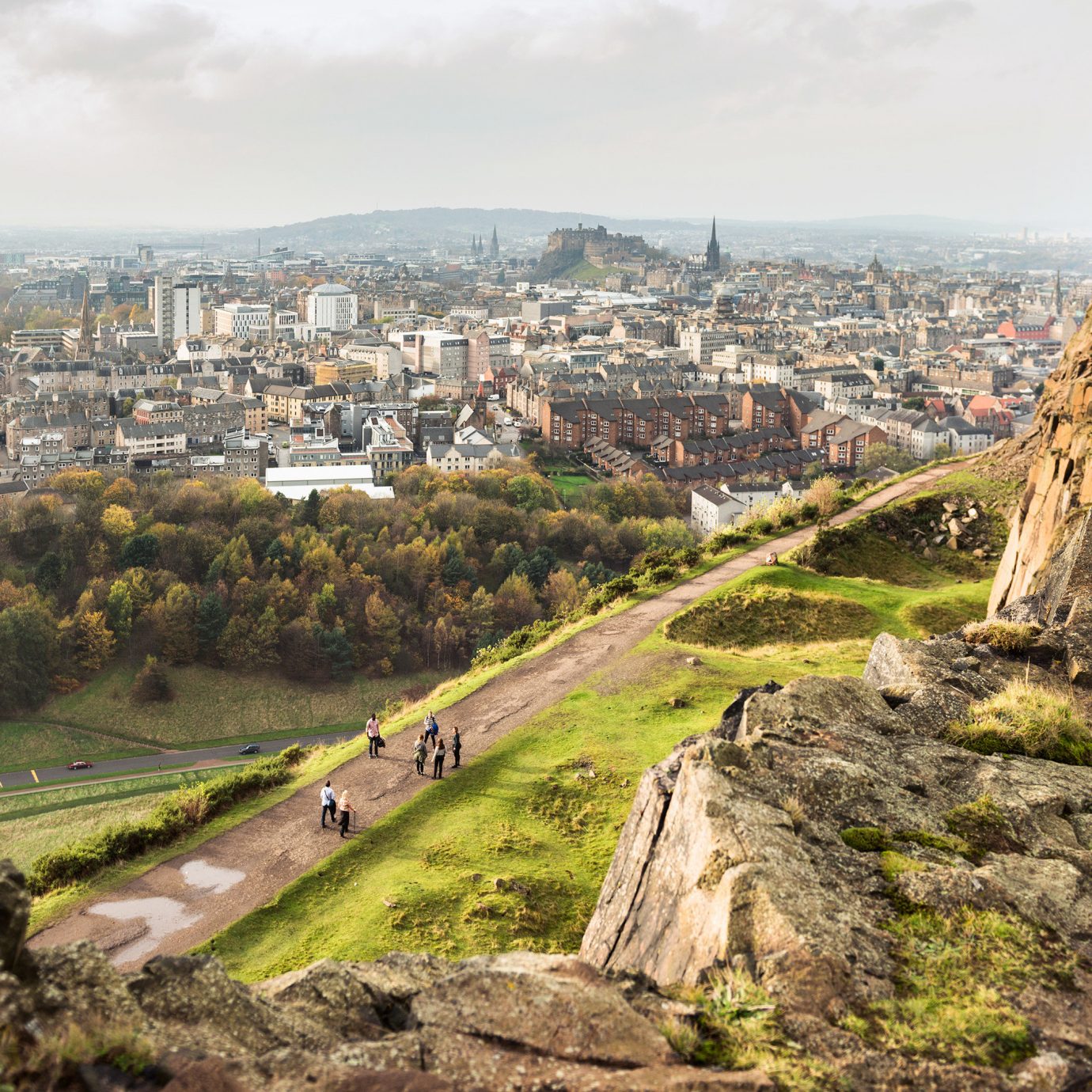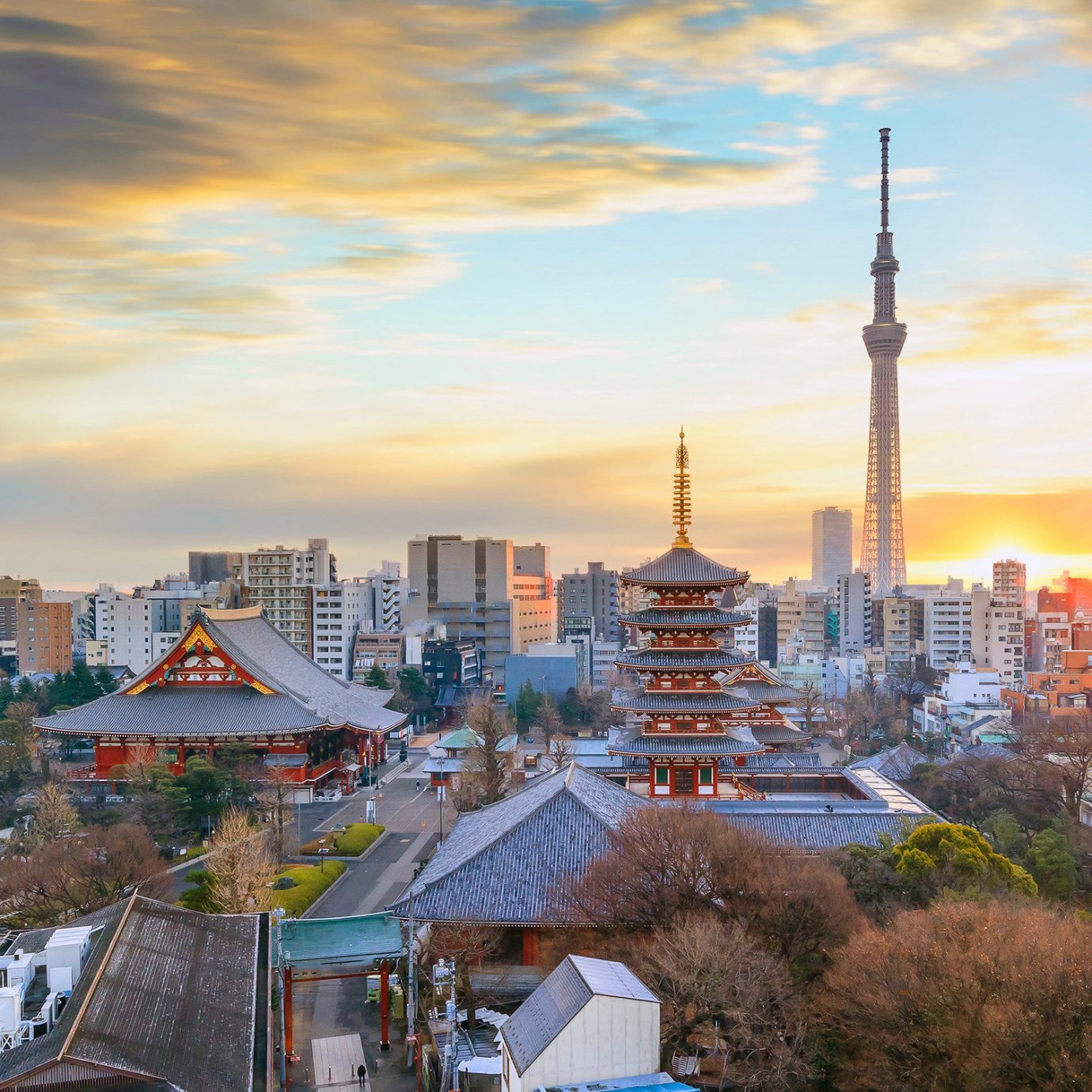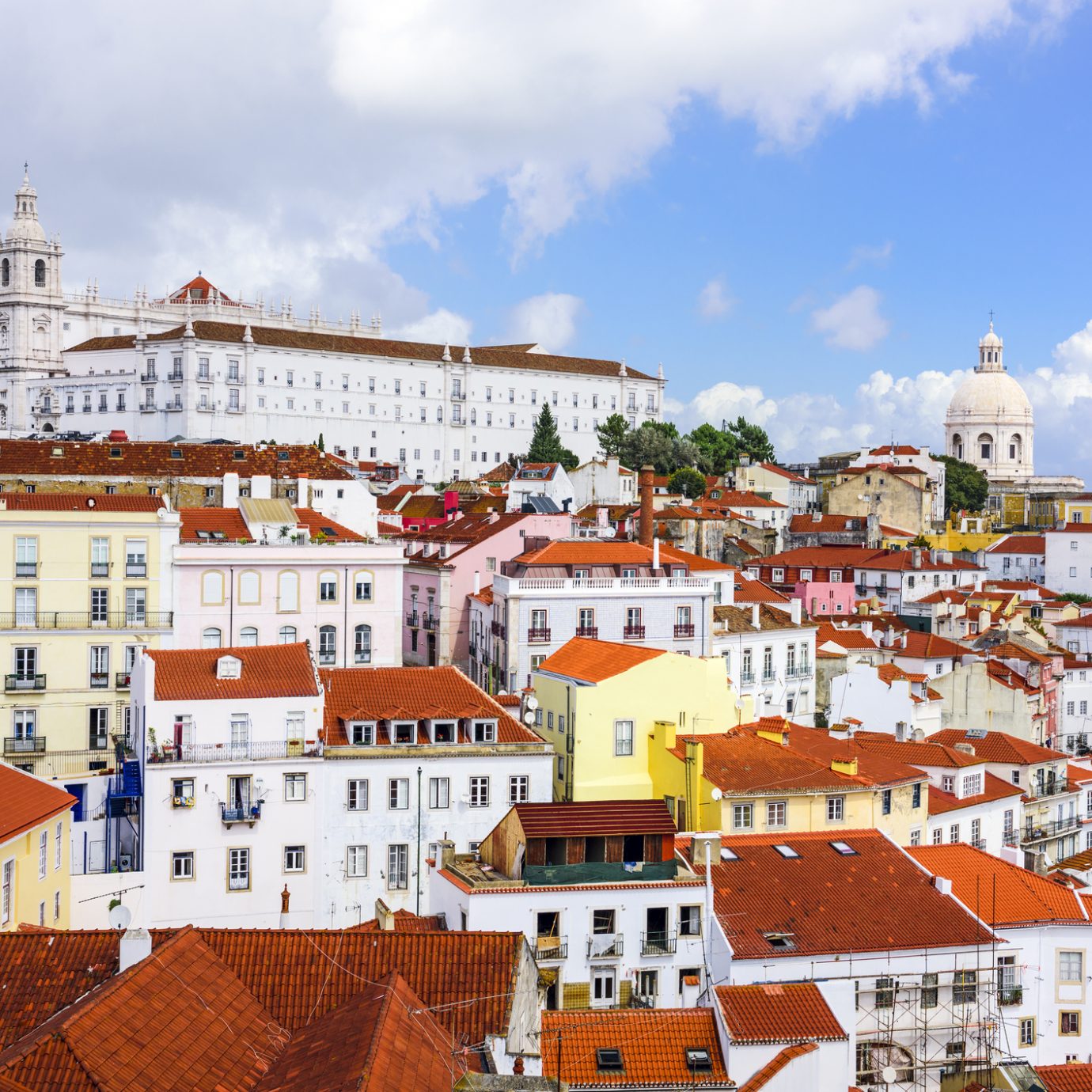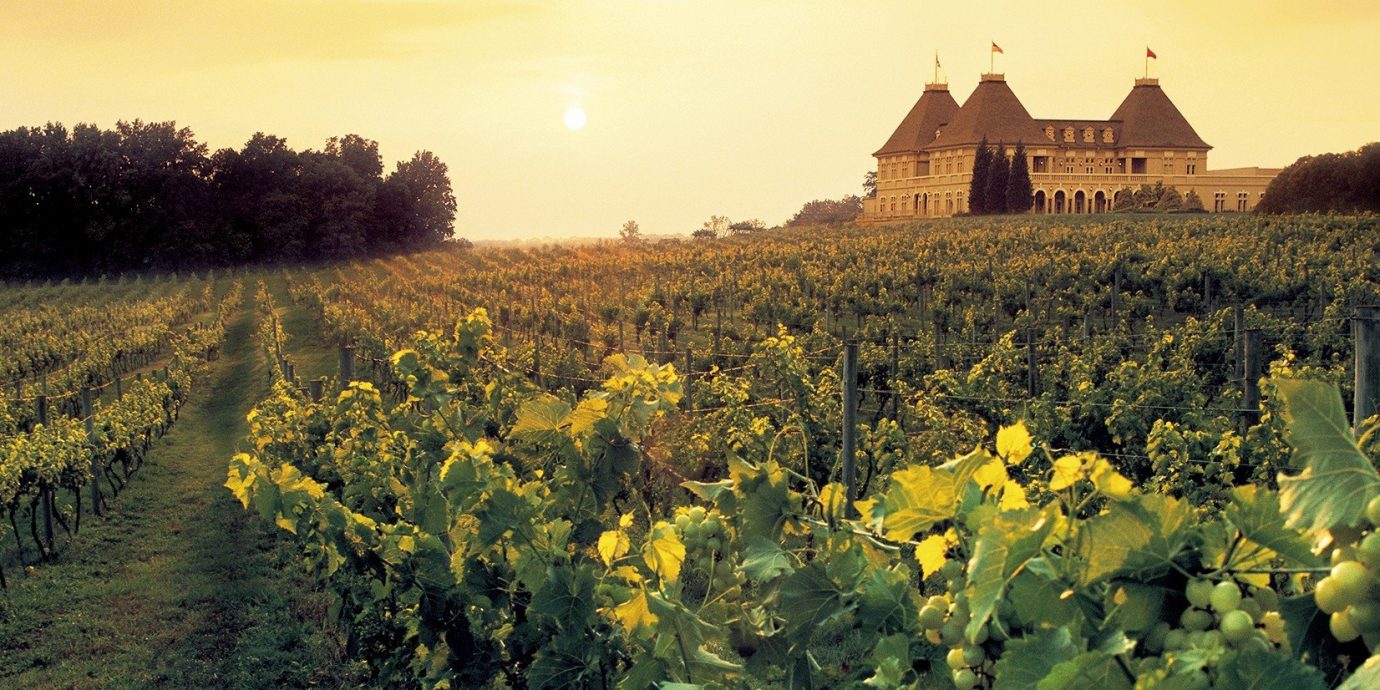
9 Wine Regions You’ve Never Heard Of
From the craggy peaks of Corsica to the rolling hills of Idaho (yes, Idaho), new-wave vintners are tackling tough terrain and magnum-sized skepticism to produce remarkable, award-winning wines in the darndest of places. Emily Saladino explores the brave new (and sometimes Old) worlds to find the best emerging wine regions.
Emily Saladino is a journalist and recipe developer in New York City. She has covered food, drinks, travel, and culture for Bloomberg, BBC, Travel + Leisure, and others. A former professional cook, she graduated from the International Culinary Center. She is currently the Editor in Chief of VinePair.
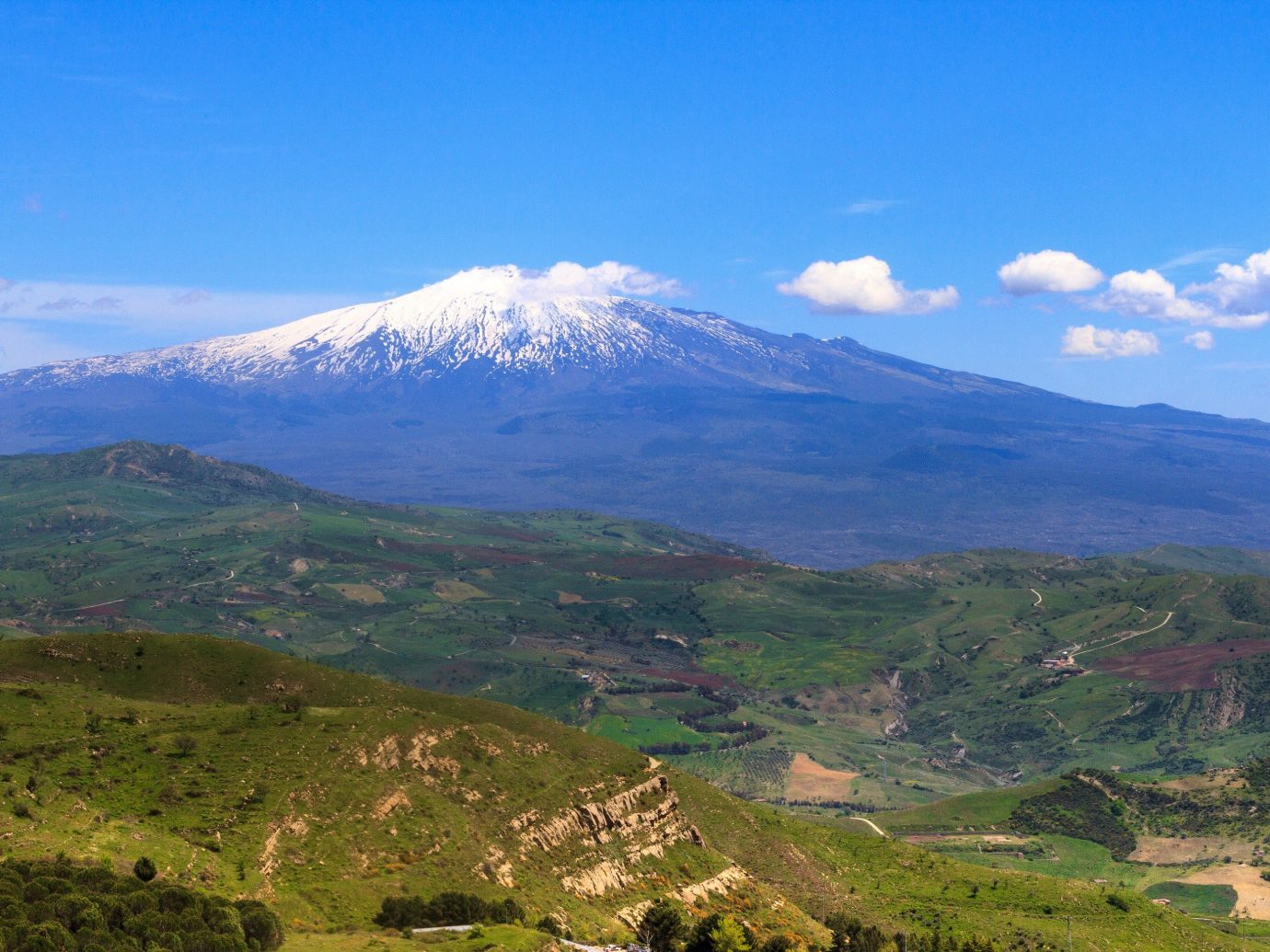
Etna, Sicily
Cultivating vines on an 11,000-foot active volcano may sound unorthodox, but Sicily has always been fertile ground for innovators. (Oh hello, Archimedes.) Etna’s rocky soil, unpredictable climate and occasional, free-flowing lava create terroir-driven wines that inspire terms like spicy, stony, floral, lean and minerally. Indigenous red grapes such as Nerello Cappuccio, Nero d’Avola and Nerello Mascalese have quickly become sommeliers’ darlings worldwide, and inventive Etna winemakers are now taking on white varieties like carricante and even riesling as well. Viva la rivoluzione!
Where to try them: Pearl and Ash, a hip boite on Manhattan's Lower East Side, has a number of Etna bottles on its gargantuan wine list.
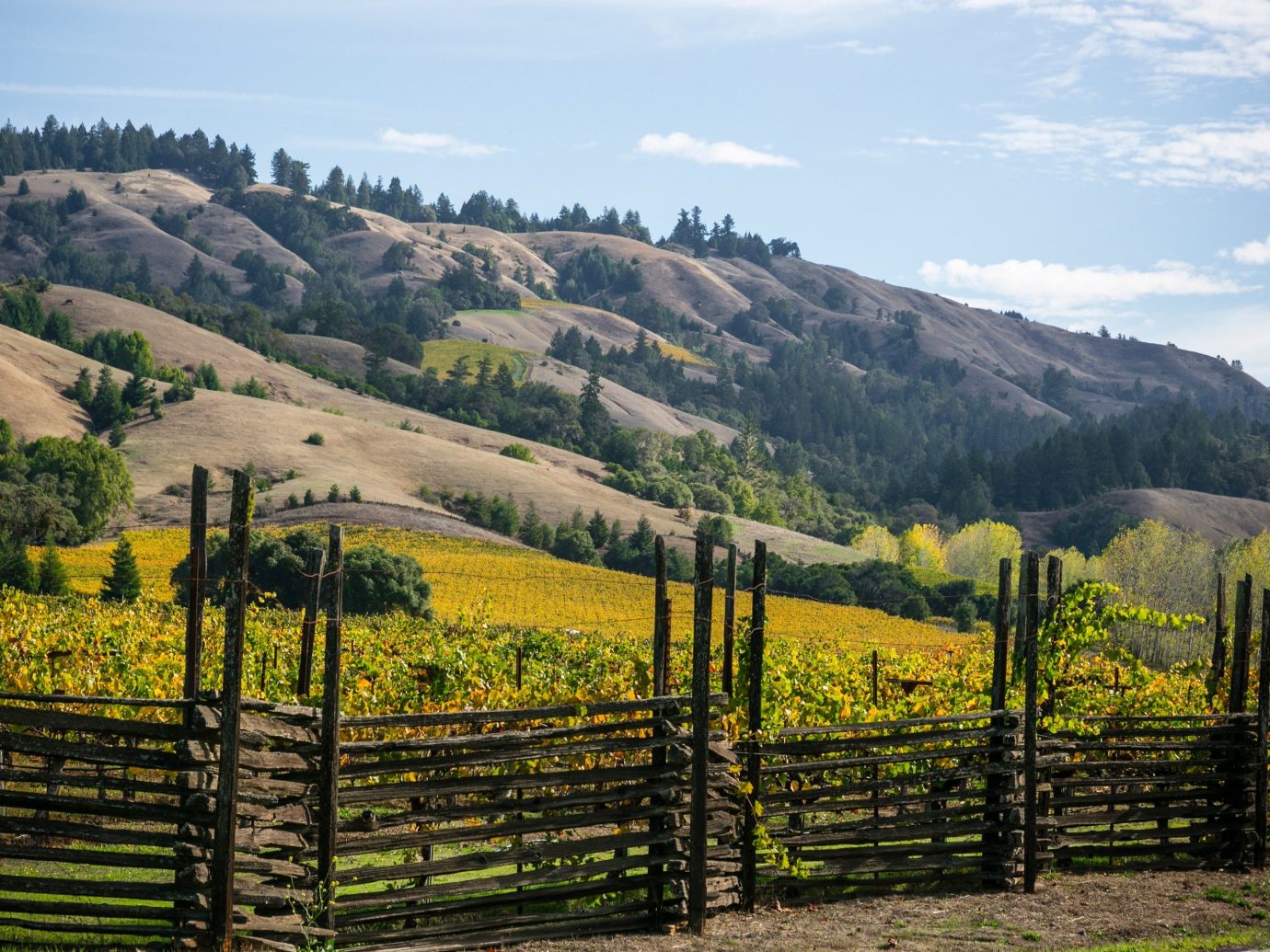
Anderson Valley, California
Nearly 100 miles north of San Francisco, and surrounded by low-slung mountains and sky-high redwoods, California’s Anderson Valley is the kooky Rayanne Graff to Napa's high-achieving Brian Krakow. Local vintners, many of whom still speak the area's 200-year-old Boontling dialect, offer affordable ⎯ and often free ⎯ tastings of home-grown pinot noir, chardonnay and gewurztraminer. Thirty local wineries include folksy, family-run plots; Goldeneye, a boutique pinot noir label run by Napa's own Dan Duckhorn; and Roederer Estate, a stateside sparkler whose French parent company produces Cristal Champagne.
Where to try them: Point wagons west to drive from Goldeneye to Roederer, stopping along the way at locally renowned labels like Londer, Navarro, Hanley and Williams Selyem. Make camp at the Madrones, a boutique, Mediterranean-style estate with nine guestrooms and four tasting rooms.
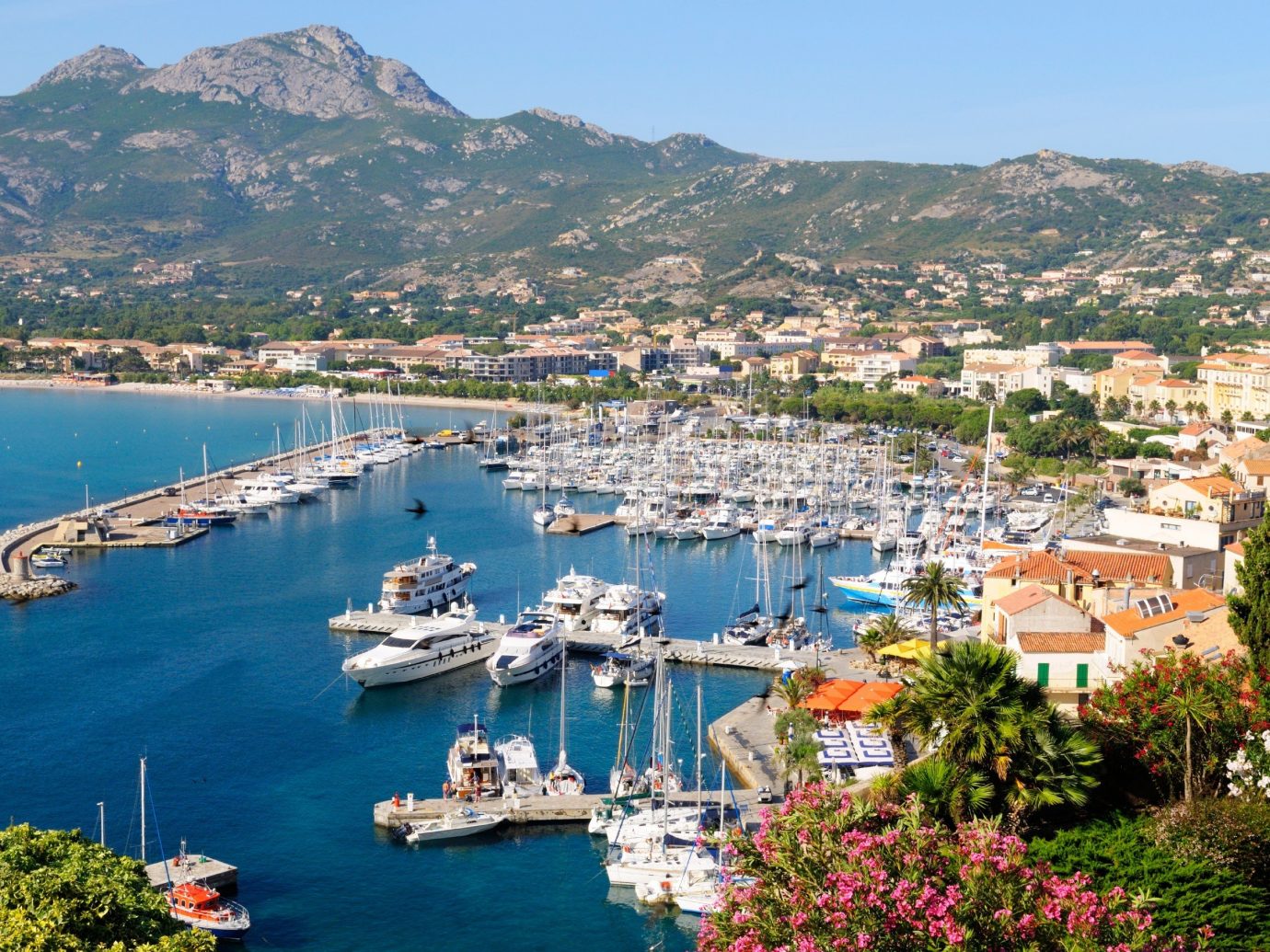
Corsica, France
Craggy mountains, fiercely independent locals (Napoleon, unsurprisingly, was Corsican) and divergent agricultural conditions make Corsican wines utterly distinct from their French or Italian brethren. Viticulture is relatively new here, so a fresh generation of winemakers seek to preserve more than 40 ancient, indigenous grapes, many of which were nearly extinct. Consider sciaccarellu, a red grape that resembles Italy’s mammolo and produces elegant, easy-drinking bottles that inspire the moniker “Corsican pinot noir.” White wines made from vermentinu, a local grape similar to French rolle, can be alternately dry, stony, mineral-rich, citrusy and even smoky.
Where to try them: Wine bars worldwide are adding Corsican bottles to their lists, but we are partial to the well-curated selection at Frenchie Next Door, the buzzy companion to chef Gregory Marchand's mod, perpetually mobbed Parisian bistro.
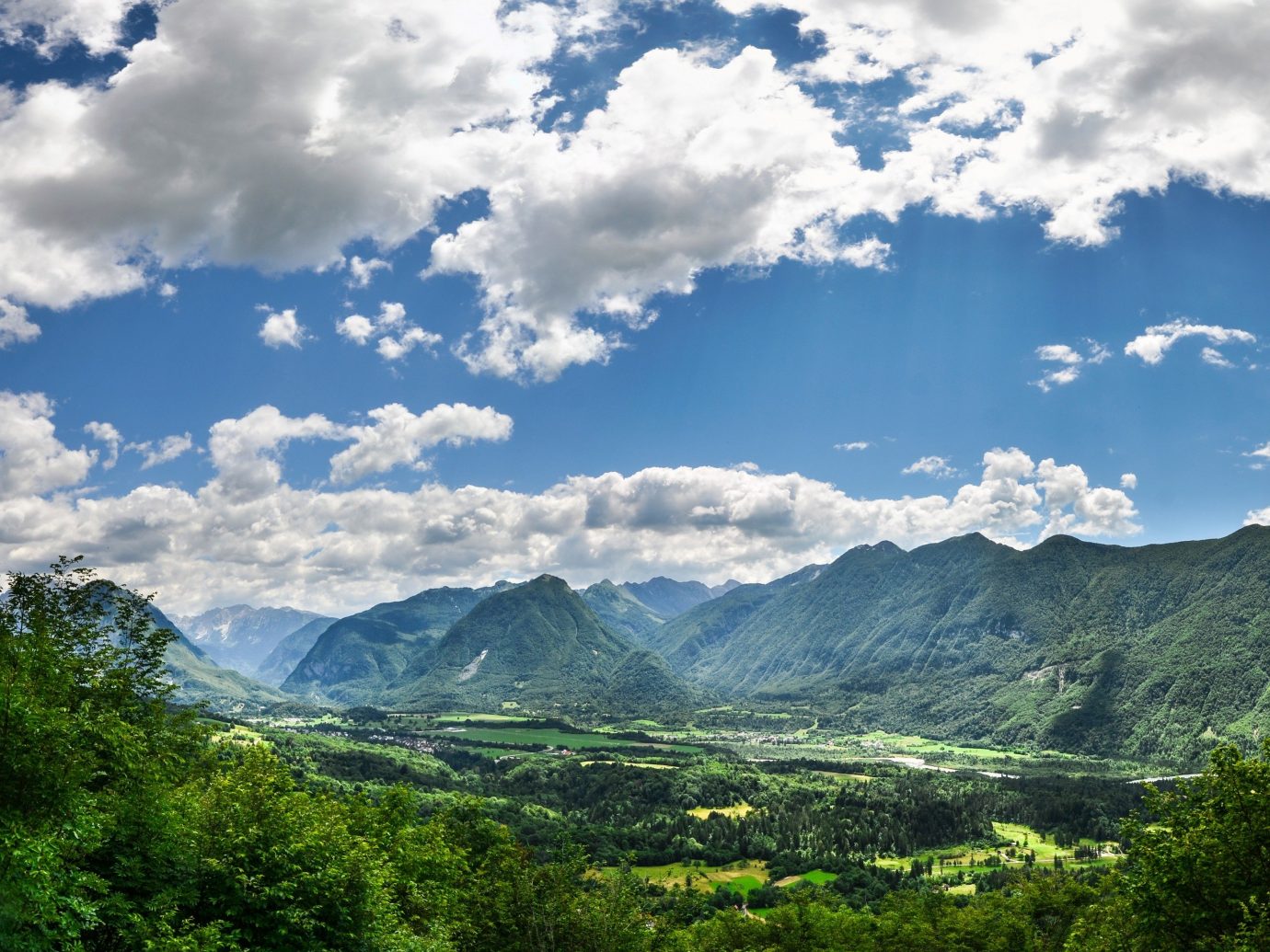
Primorska, Slovenia
The rolling green hills of Slovenia’s western wine region share a border and, in some cases, centuries-old vines with northeastern Italy's wine-loving Friuli-Venezia Giulia. In Brda, a particularly picturesque Slovenian subregion, local labels use ancient techniques to cultivate sauvignon blanc, chardonnay and ribolla gialla, as well as local varieties like vitovska grganja, pinela and zelen. And, unlike most modern producers, Slovenian winemakers do not always immediate separate the skins from juiced white grapes, resulting in tannic, occasionally amber-toned "orange" wines with all-natural funk.
Where to try them: Le Vin Papillon, the wine bar connected to Montreal's meaty Joe Beef, serves an impressive array of all-natural Slovenian wines alongside seasonal snacks like rotisserie cauliflower and lobster toasts. Brda's Movia label is also imported stateside via distributors like Domaine Select Wine Estates.
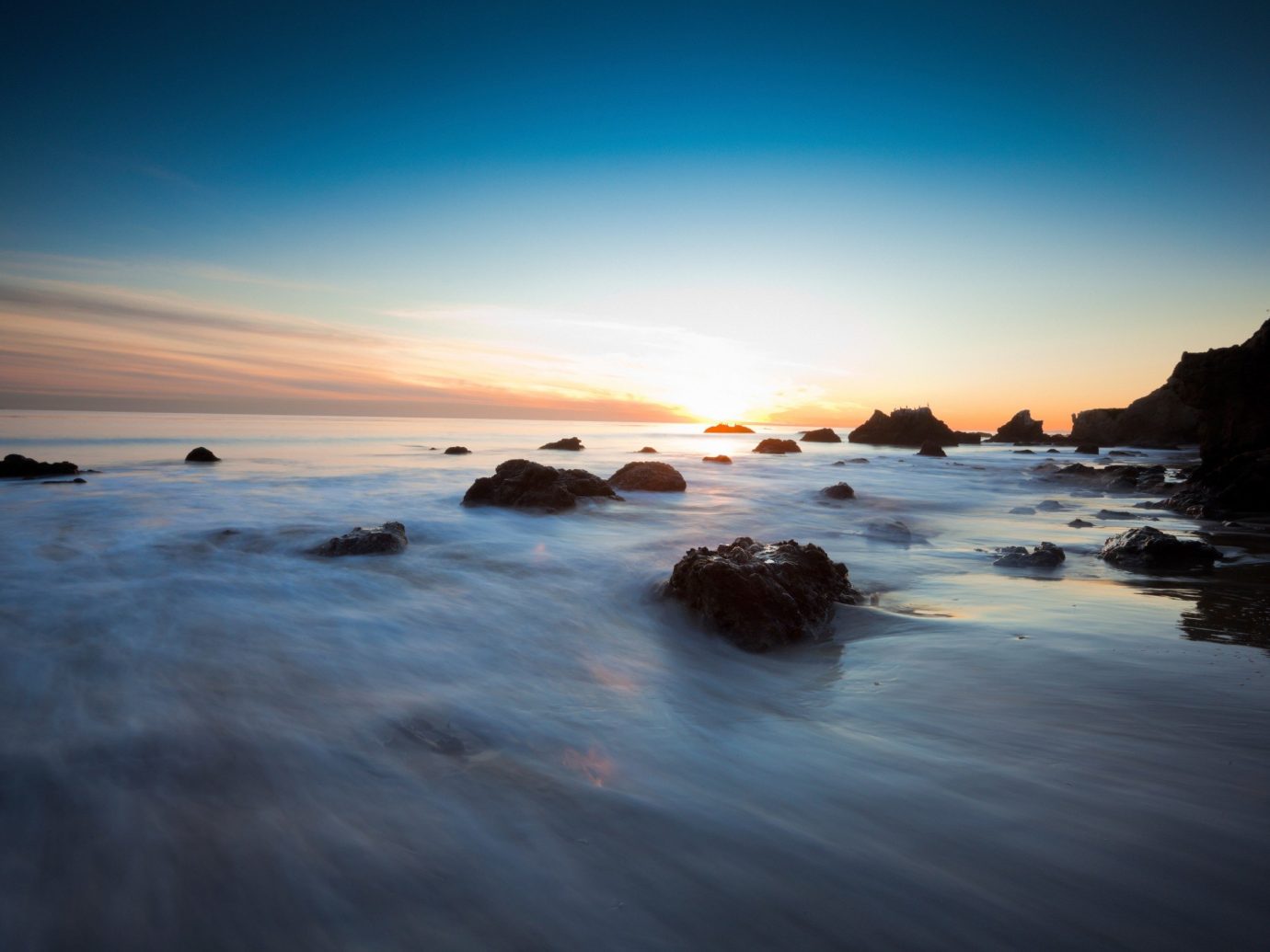
Malibu, California
Los Angeles’ northern neighbor may be better known for palatial celebrity estates than agricultural pastorals, but the microclimate created above the coastal fog in the Santa Monica Mountains makes Malibu surprisingly suited to viticulture. Many of the city’s boutique producers are not zoned to make wine on-site, so they partner with winemakers along California’s coast to bottle Malibu-grown chardonnay, viognier, muscat, grenache and merlot grapes. Winemakers at more than 50 independent vineyards pour their wares at tony tasting rooms and humble backyard plots throughout the city, and weekend or day trips to “Malibu wine country” are increasingly popular among in-the-know Angelenos.
Where to try them: Go straight to the source with a self-guided tour of the city’s best: Rosenthal, and Cornell Winery. Both vineyards have tasting rooms open nearly year-round, and the former hosts local food trucks and live bands weekend afternoons.
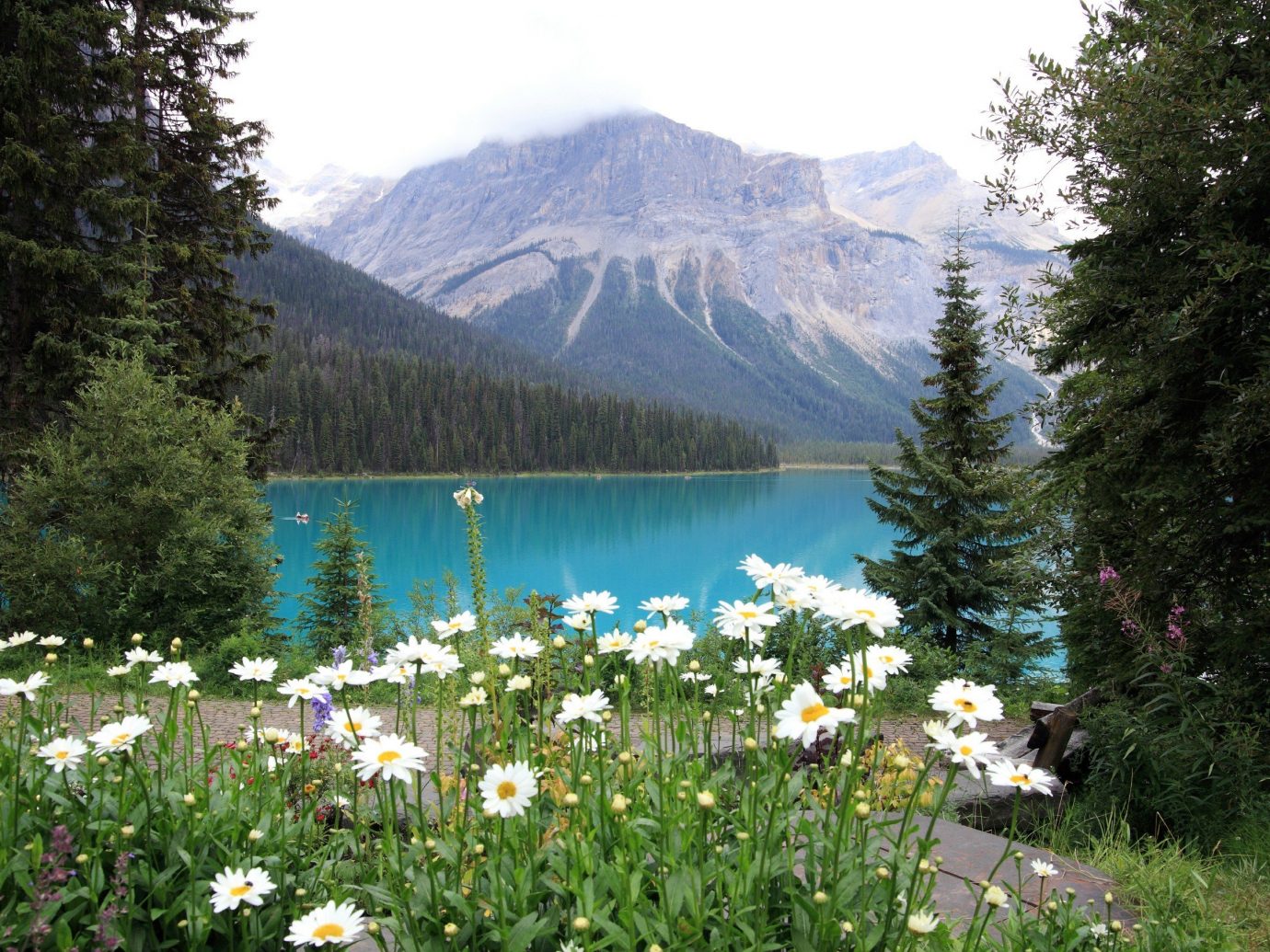
British Columbia, Canada
Although western Canada’s winelands include five distinct growing regions spanning nearly 10,000 acres, British Columbia wine still feels like an insider’s secret. This is in part due to its youthfulness: in 1990, the region had only 17 wineries, today there are around 200. The area has diverse growing environments, “old-vine” plantings plus new-breed blends, and, in the case of Black Hills Estate Winery, the quiet involvement of one Jason Priestley. Top labels like Mission Hill Family Estates, Nk'Mip Cellars and Cedar Creek Estate Winery cultivate everything from pinot gris, gewurztraminer and chardonnay to pinot noir, pinot franc and, most recently, syrah.
Where to try them: Mild temperatures and thinning crowds make fall the best time to visit the 132-mile Okanagan Valley, British Columbia's largest wine region. City mice can taste more than 25 BC wines on draft at Tap & Barrel, an award-winning Vancouver restaurant that exclusively pours British Columbia bottles.
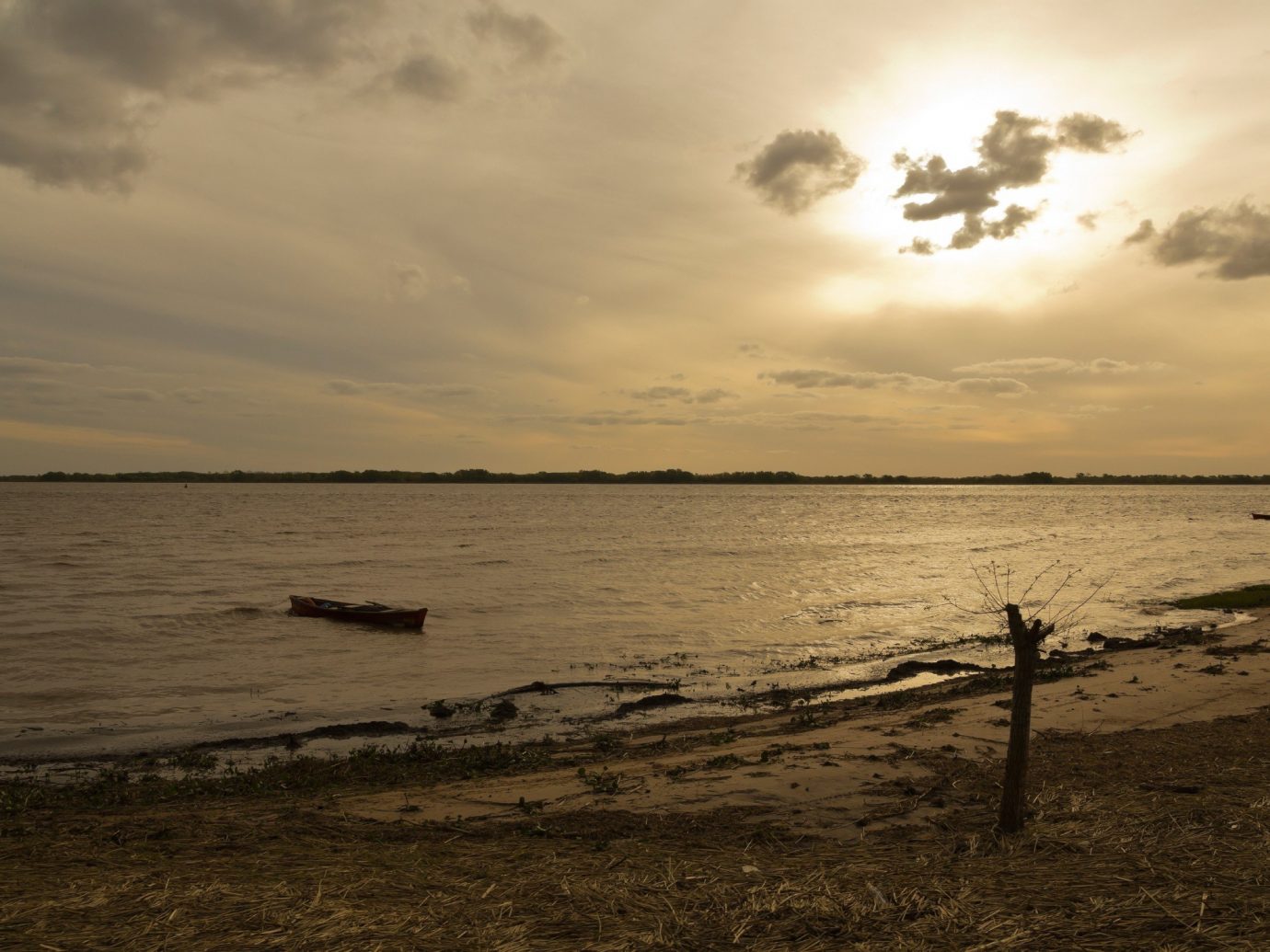
Carmelo, Uruguay
Move over, Malbec. Uruguay’s tannat grape shares certain biographical data with the Argentine superstar (both lush reds were first imported to the New World from southwestern France in the 19th century), but the Uruguayan up-and-comer has a darker, riper kick, and unequivocal underdog cache. The country as a whole produces less than 100 million liters of wine per year (approximately the same output as one large Argentinean winery), but international winos on two sides of the Atlantic already sing tannat’s praises. Now, eight vineyards spanning 1,000 acres in the sunny Carmelo wine region have created a boutique tannat boom, with family-run vineyards bottling world-class, small-batch Uruguayan tannat.
Where to try them: Chicago’s Sepia restaurant, a West Loop stunner with a Michelin star and award-winning sommelier, pours several Uruguayan bottles on its 400-strong wine list.
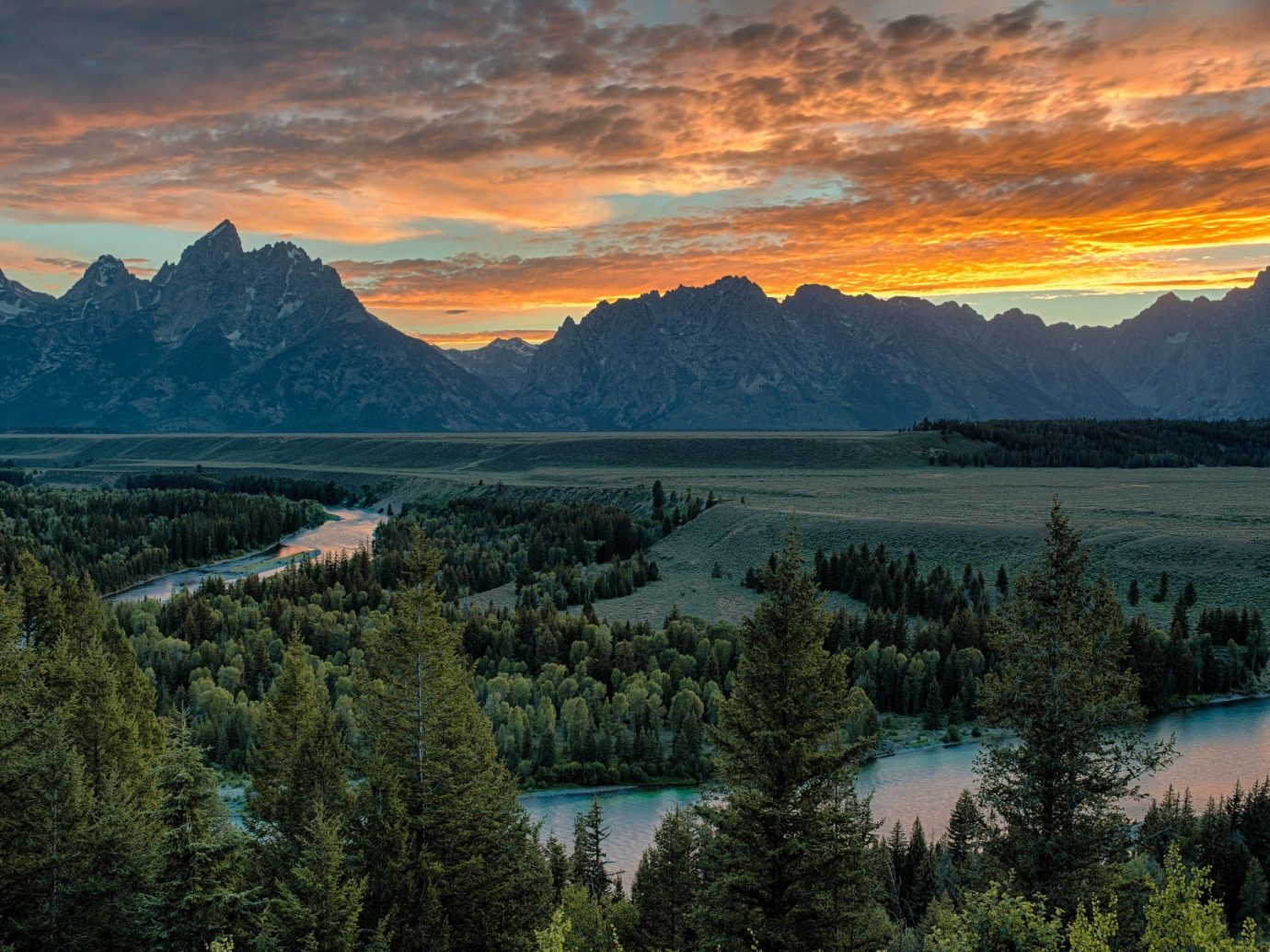
Snake River Valley, Idaho
Just 150 miles outside of 2.5-million-acre Boise National Forest, new-wave vintners are planting riesling, malbec, syrah, viogners and more in a rolling rift valley in Idaho (no seriously, Idaho). In the last decade, the number of in-state wineries has jumped from 11 to 50. For those with clear eyes and an open heart, Snake River Valley invites comparisons to Spain’s rioja region, with its dry, high-desert climate, altitudes ranging from 1,500 to 3,000 feet, and tangy tempranillos aplenty.
Where to try them: Get your big sky tasting on at friendly, must-see Idaho vineyards like Cinder Winery, Fujishin, Bitner and Williamson. The 1,600-acre area is eminently driveable and a quick day trip from Boise.
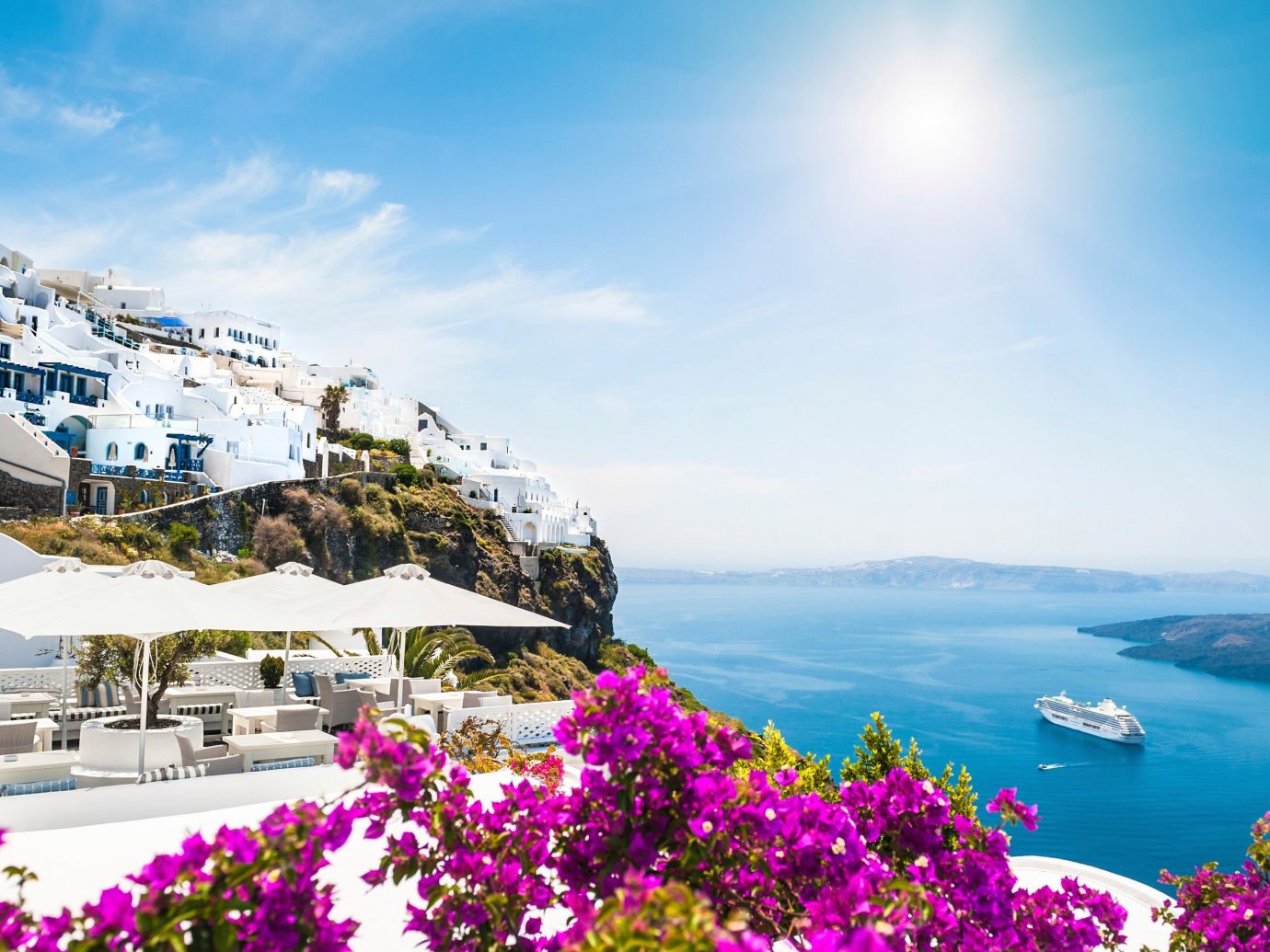
Santorini, Greece
Not for the faint of heart, Santorini wines have names that can intimidate thirsty anglophones ("Pass the Sigalas assyrtiko, would you?"), and exceedingly uncommon varietals are alternatively floral, full-bodied, tannic, spiced or nearing extinction. Big fat Greek wine glasses runneth over with ancient, medium-bodied red grapes such as mandilaria and mavrotragano, but Santorini's crisp white stunners are more frequently exported internationally. Indigenous varietals like athiri, aidani and the aforementioned assyrtiko have quickly become global favorites for their balanced minerality and crisp acidity (a result of Santorini's volcanic terroir), as well as exceptional pairing potential and modest price point. Opa, indeed.
Where to try them: Manhattan's Molyvos restaurant, an elegant spot popular with expense account-holders and the Carnegie Hall set, has the largest all-Greek wine list in the United States. Several Santorini picks headline wine director Kamal Kouiri's award-winning, 400+-bottle collection.
Want more?
Comments
All products are independently selected by our writers and editors. If you buy something through our links, Jetsetter may earn an affiliate commission.
Become a Jetsetter.
Use our insider connections to know where to go and what to do.
By proceeding, you agree to our Privacy Policy and Terms of Use.
Thanks for Signing Up!


